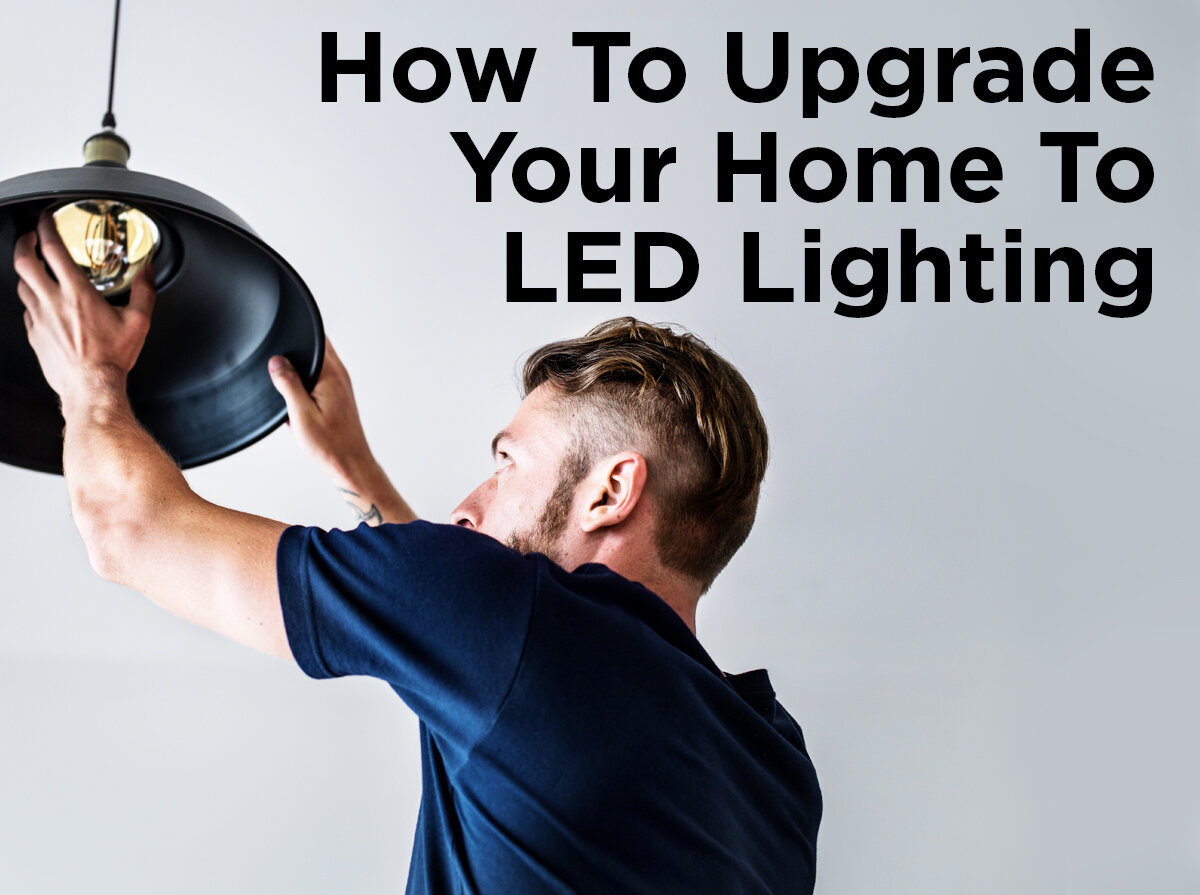A Quick Guide to Bollards
The term “bollard” probably comes from the word “bole,” meaning “post.” A very apt term since a bollard is just that, a post. Originally, bollards were simply mooring posts used to tie up ships in harbors. A simple wooden post was buried in the ground to create a tie-off point. As time wore on, cannons were used instead. Old or unusable cannon were buried into the shore-line or bolted onto the docks, with the muzzle facing down, to create new moorings. The trunnion (the small spokes on either side which are used as a fulcrum) and bell shape of the cannon make for a mooring that ropes won’t easily slide from. The shapes of these cannon led the way to current bollards with their bell-shapes. Modern bollards are used for path lighting, traffic guides, and to block access to certain areas.
Lighted Bollards
Bollards need to be rugged, weather-and-impact-proof vanguards, since they don’t just face the outdoors but low-speed impacts from vehicles as well. Since they’re used in everything from flexible traffic markers (the lane-switch deterrents on some roads) to protective barriers to prevent cars from parking close to buildings or entering pedestrian-only areas, they need to be made from sturdy materials. The more immobile bollards can be a hazard at night, especially if they’re painted with a darker color, so a lighted bollard makes sense to protect both drivers and pedestrians.
Lighted bollards need to keep the same ruggedness, which is why many use a borosilicate lens, keeping the weather out without obscuring the lamp itself. Many of the lamp types, typically an HID lamp such as metal halide or high pressure sodium, are extremely bright. This extreme brightness can cause excess glare so a special reflector is used to direct the light down onto the surrounding ground, granting clear illumination without blinding motorists and pedestrians or adding to a city’s light pollution.
Lighted bollards can double as low-profile and low-impact street lighting. For many places, large-scale illumination is unnecessary. The ground-level pathway lighting offered by a series of bollards is perfect for smaller streets and park paths. Lighting paths and plazas requires a strong energy infrastructure and places a heavy power load on existing electrical systems. While traditional bollards were lit by HID lamps, newer bollards take advantage of CFL and LED light kits. LED bollards have become more popular due to the combination of longer lifespans and lower energy costs.
Bollards have been around for a long time, and they’ll continue to stay as an effect route-management instrument. Regardless of whether you’re installing small bollards as home-path lighting, or you’re a building manager adding industrial bollards to your building or curb, they should always be installed by a professional. Improperly installed bollards can lead to premature failures, or be damaged due to weather or impacts. Do you have any questions about bollards, their history, or even their installation? Ask away in the comments below. There are an amazing number of decorative bollards in the world, if you’ve seen any, feel free to share them with us on Facebook, Twitter, LinkedIn, Pinterest, or Instagram.







